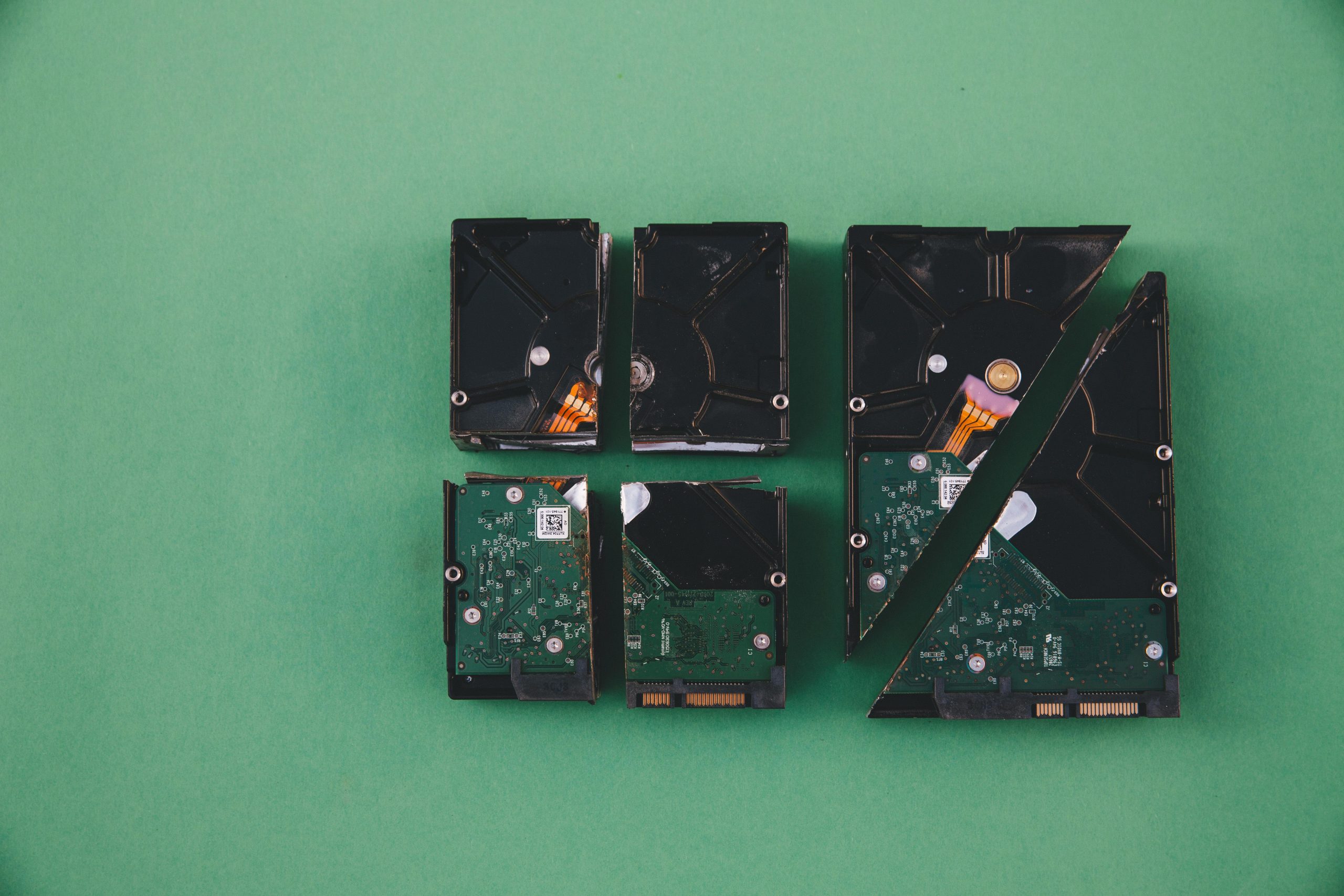Understanding Your SSD Boot Issue After a Blue Screen of Death: Is Data Recovery Still Feasible?
Experiencing a Blue Screen of Death (BSOD) can be alarming, especially when it results in your laptop’s inability to detect the boot drive. If you’ve encountered a similar situation where your SSD is no longer recognized during startup, you’re not alone. This article aims to guide you through potential diagnoses and recovery options, focusing on preserving your personal data whenever possible.
Case Overview
The user has an HP Envy x360 14-fa0013dx that, after encountering a BSOD with the stop code MEMORY_MANAGEMENT, failed to boot properly. Attempts to restart, manipulate BIOS settings, and run hardware diagnostics yielded mixed results. Notably, the SSD appears in disk management tools during Windows installation attempts but shows as unallocated space, indicating potential detection issues or corruption.
Common Causes of SSD Recognition Failure
- Corrupted Boot Files or Operating System: Sudden shutdowns or interrupted updates can corrupt system files, preventing proper booting.
- Drive Failure or Hardware Issues: Physical damage, overheating, or loose connections can impair drive recognition.
- BIOS Settings or Firmware Issues: Secure boot, boot order, or outdated BIOS firmware can interfere with drive detection.
- File System Corruption: Damage to the file system can cause the drive to appear empty or inaccessible.
Troubleshooting Steps
- Basic Checks
- Ensure your device is not overheating. Excessive heat can cause hardware recognition issues.
- Re-seat the SSD if you’re comfortable opening your laptop, checking for secure connection and physical damage.
-
Reset BIOS settings to default, especially secure boot and boot order configurations.
-
Hardware Diagnostics
- Use the built-in HP Diagnostics to test the drive more thoroughly, focusing on the storage test options.
-
Note that passing some tests doesn’t always guarantee drive integrity; consider the possibility of partial failure.
-
Data Recovery Attempts
- Boot into Windows recovery environment or use bootable tools like Hiren’s BootCD or a Linux live USB.
- Use disk management commands (diskpart) to see if the drive is accessible at a lower level. If the disk appears as unallocated, the data might still be recoverable but not visible due to partition issues.
-
Avoid formatting or writing to the drive until data recovery is attempted.
-
Accessing Data
- Connect the SSD to another computer (if possible) or use a compatible external enclosure or adapter
Share this content:


